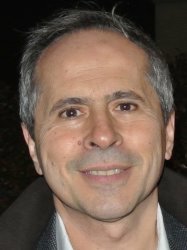BibTex format
@article{Burt:2018:10.1021/acschembio.7b01031,
author = {Burt, A and Crisanti, A},
doi = {10.1021/acschembio.7b01031},
journal = {ACS Chemical Biology},
pages = {343--346},
title = {Gene drive: evolved and synthetic},
url = {http://dx.doi.org/10.1021/acschembio.7b01031},
volume = {13},
year = {2018}
}

